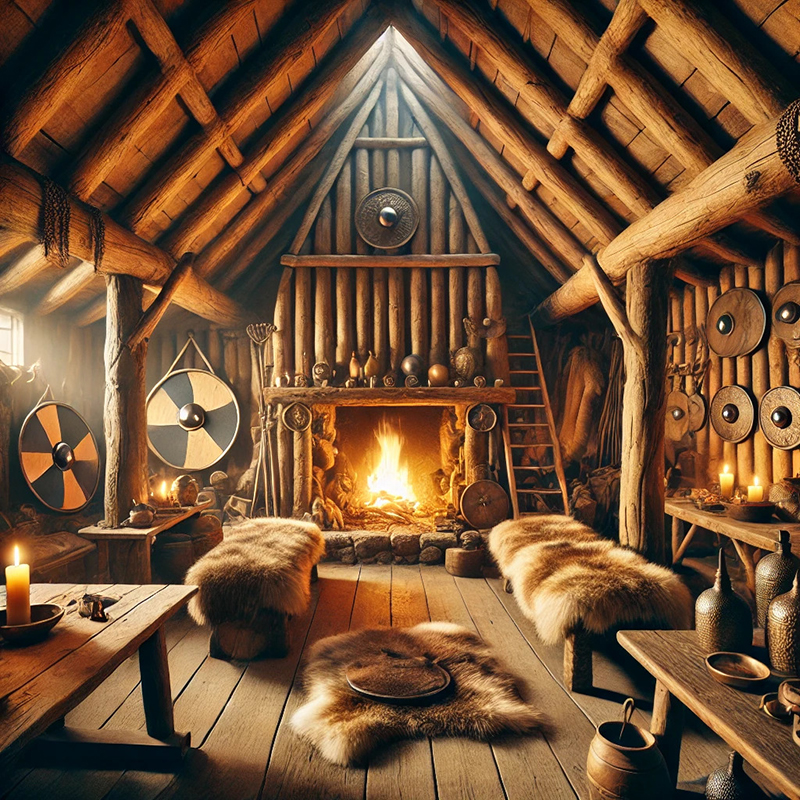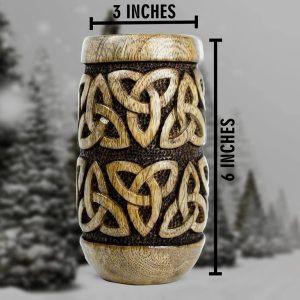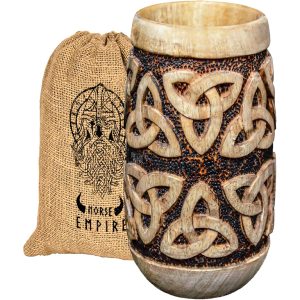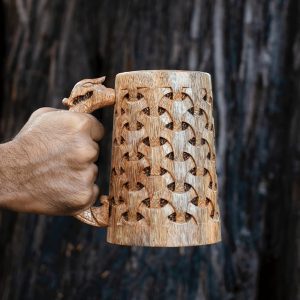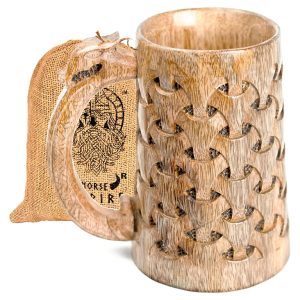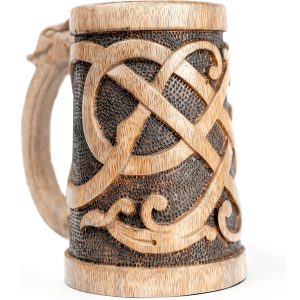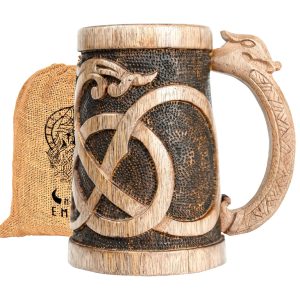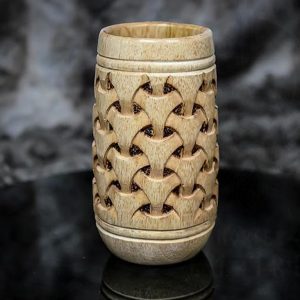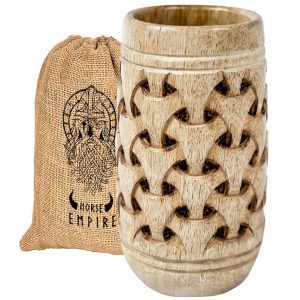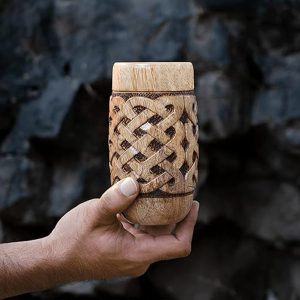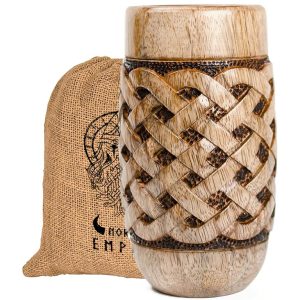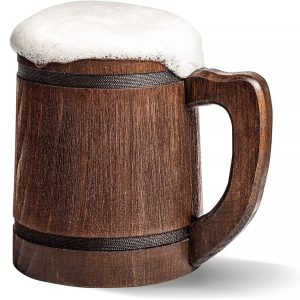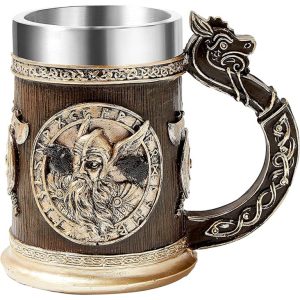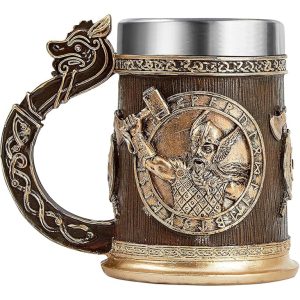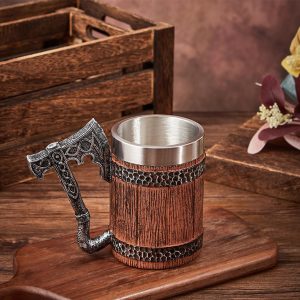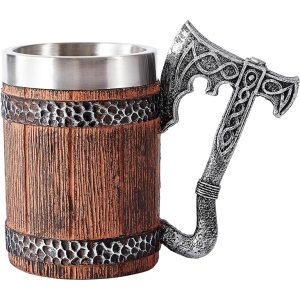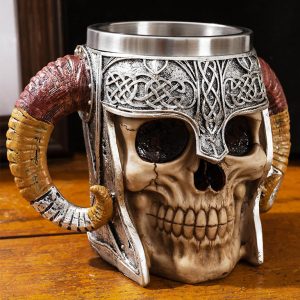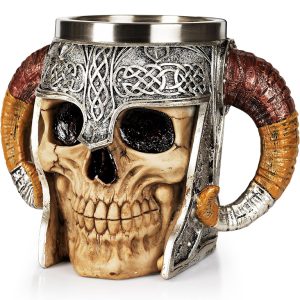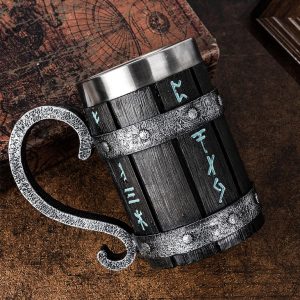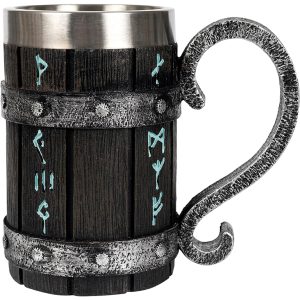Viking Blog
Explore Viking Longhouse Interiors: A Fascinating Glimpse Into Ancient Living
The Viking Age lasted from the late 8th century to the early 11th century. During this time, the Norse people explored, traded, and conquered new lands. Most of what we know about Vikings comes from their sea adventures. Yet, their daily lives focused on their homes, especially the Viking longhouse. These structures shaped daily life and showed their culture, social structure, and creativity. The Viking longhouse interior shows how these ancient people lived and worked. It gives us a glimpse into their lives in tough environments.
The Structure of a Viking Longhouse Interior
Viking longhouses were big, rectangular structures. They housed extended families, livestock, and storage. They usually used local materials like timber, stone, and turf. Builders constructed the walls from wooden planks or wattle and daub. The roofs were usually thatched or covered with turf. This helped keep out the cold Nordic weather.
The size of a longhouse varied depending on the wealth and status of its inhabitants. A typical longhouse could range from 15 to 75 meters in length and 5 to 7 meters in width. The Viking longhouse had different sections. Each section served a specific purpose. This design showed the practical and communal aspects of Viking life.

The Central Hearth: Heart of the Home
Every Viking longhouse had a central hearth. This was crucial for warmth, light, and cooking. The hearth was usually a rectangular or oval pit. They lined it with stones and kept a fire burning all the time, especially in colder months. Smoke from the fire slipped out through a hole in the roof. This hole also let natural light into the longhouse during the day.
Beyond its practical function, the hearth was a social hub. Families came together to share meals, tell stories, and enjoy daily activities. The fire’s warmth made the space feel cozy, especially in the long, dark winters of Scandinavia.
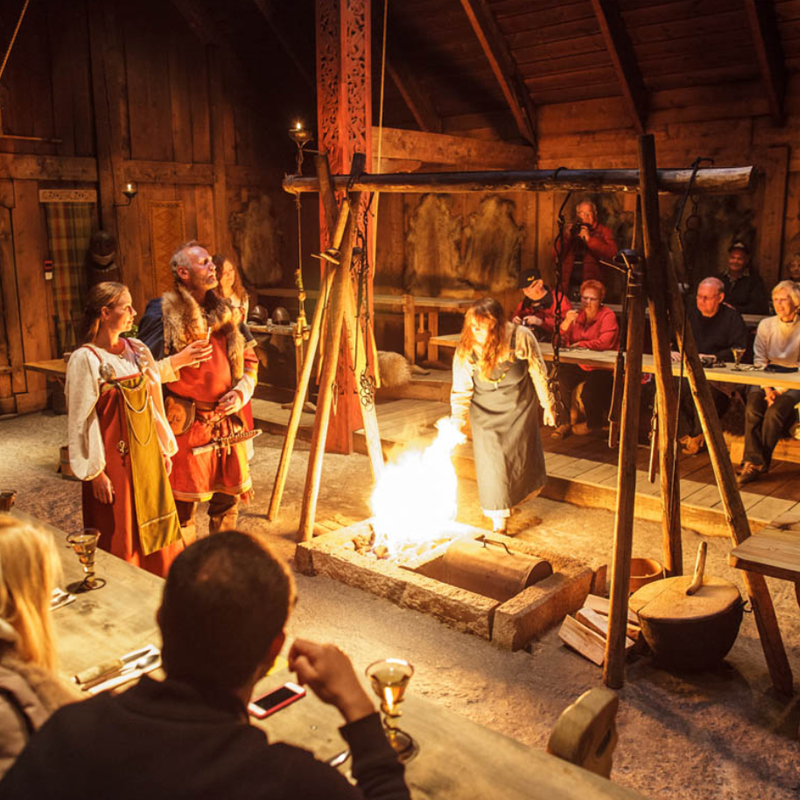
Living and Sleeping Quarters
The builders divided the Viking longhouse interior into sections for living and sleeping. Wooden platforms or benches lined the walls. They served as seating during the day and as sleeping areas at night. These platforms often had animal skins, furs, and woolen blankets. They provided comfort and warmth.
Privacy was a luxury in Viking society, and most family members slept in a shared communal space. Some longhouses had separate areas or small rooms. These were for the head of the household or special guests. These private areas were usually at the ends of the longhouse. They decorated them in a more elaborate way.
Workspaces and Craft Areas
Viking longhouses were not just living spaces; they were also centers of productivity. The Viking longhouse interior was designed to accommodate various crafts and daily tasks. Women wove textiles on looms, while men repaired tools, made weapons, or carved wood. These tasks were important for running the home and getting set for trade or raids.
Storage areas were also an integral part of the longhouse. People used shelves, chests, and barrels to store food, clothing, and other necessities. They stored dried fish, smoked meat, grains, and preserved fruits here. This way, the household had enough food to last through the winter.
Decorative Elements and Symbolism
Although Viking longhouses served a functional purpose, they included some aesthetic touches. The inside of a Viking longhouse had detailed carvings and decorations. These were especially common on wooden beams, doors, and furniture. These designs often featured motifs from Norse mythology. Dragons, serpents, and runes were common. They all had cultural and spiritual importance.
Tapestries and woven fabrics brightened the walls. They added color and warmth to the longhouse. These textiles showed scenes from Viking sagas or religious symbols. They served as decoration and helped preserve cultural stories.
Lighting and Atmosphere
Viking longhouses had little light. They relied on a central hearth and small oil lamps made from animal fat. The dim, flickering light set a cozy and mysterious mood, especially on long winter nights. Firelight filled the longhouse. The scent of burning wood and crackling flames made it warm and inviting.
Social and Cultural Significance
The Viking longhouse was more than a dwelling; it was a symbol of community and family. It showed the values of Norse society. In this culture, cooperation, hospitality, and shared work were key to survival. The Viking longhouse interior was designed to support this way of life, with a central hearth providing warmth and a gathering place for the household. Wooden benches lined the walls, serving as both seating and sleeping areas, while storage spaces held food and tools. The longhouse was a spot for sharing traditions, telling stories, and building bonds.
The longhouse was not a family home. It also served as a gathering spot for the whole community. Feasts, celebrations, and key meetings took place inside its walls. This helped strengthen social ties and cultural identity.
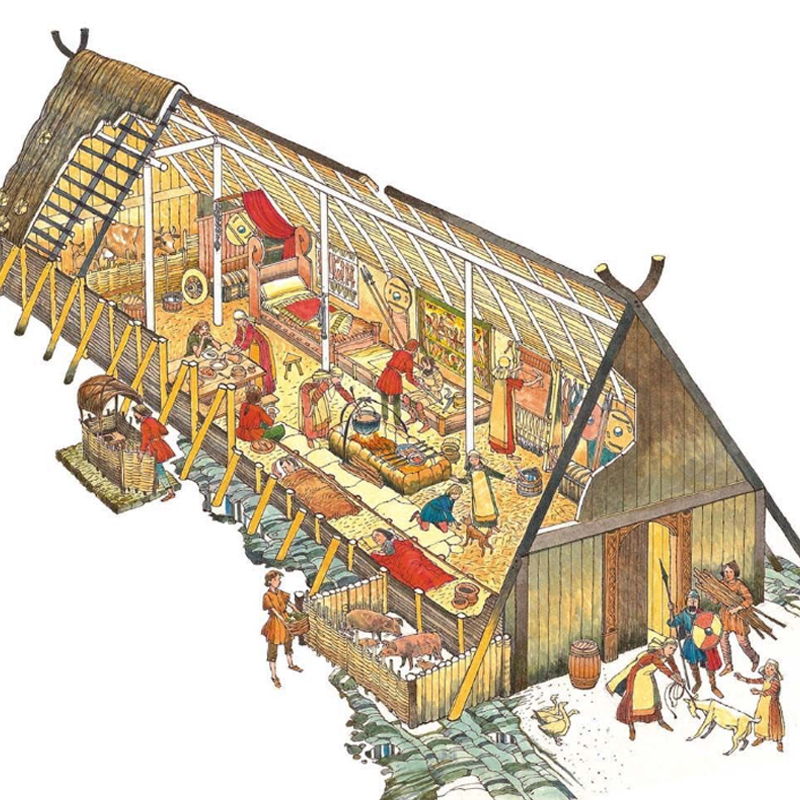
Conclusion
The inside of a Viking longhouse shows what life was like for these ancient people. The longhouse had a central hearth that warmed the home. It also included communal sleeping areas and workspaces. Builders made each part to fit the practical and social needs of the local people. Functionality, craftsmanship, and symbolism show a culture that valued resilience. They also valued community and a strong connection to their environment.
Today, we can visit reconstructed Viking longhouses in museums and historical sites. They let us step back in time and experience the Norse world. These immersive experiences show the creativity and spirit of the Vikings. Their legacy still captivates and inspires us even today.

